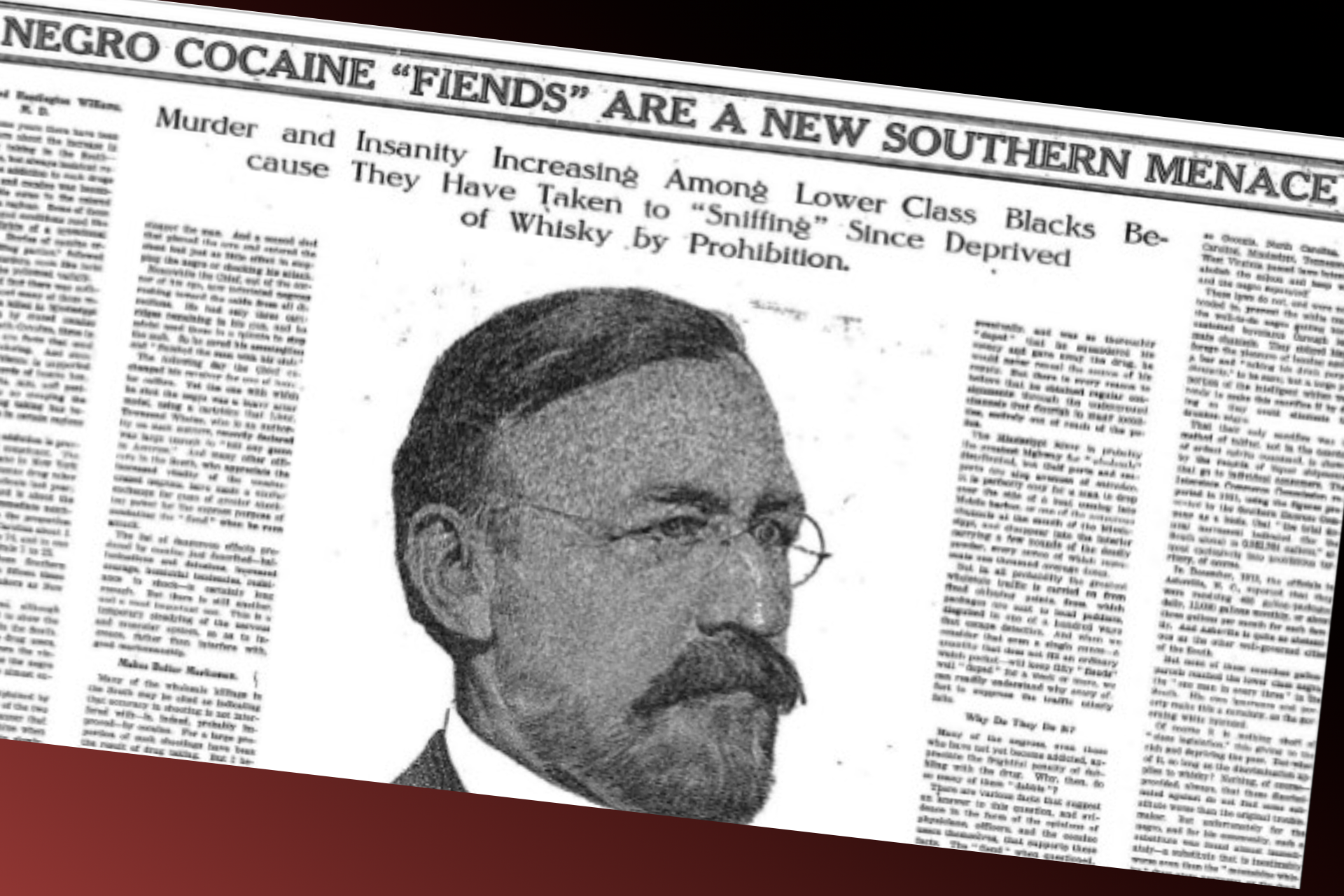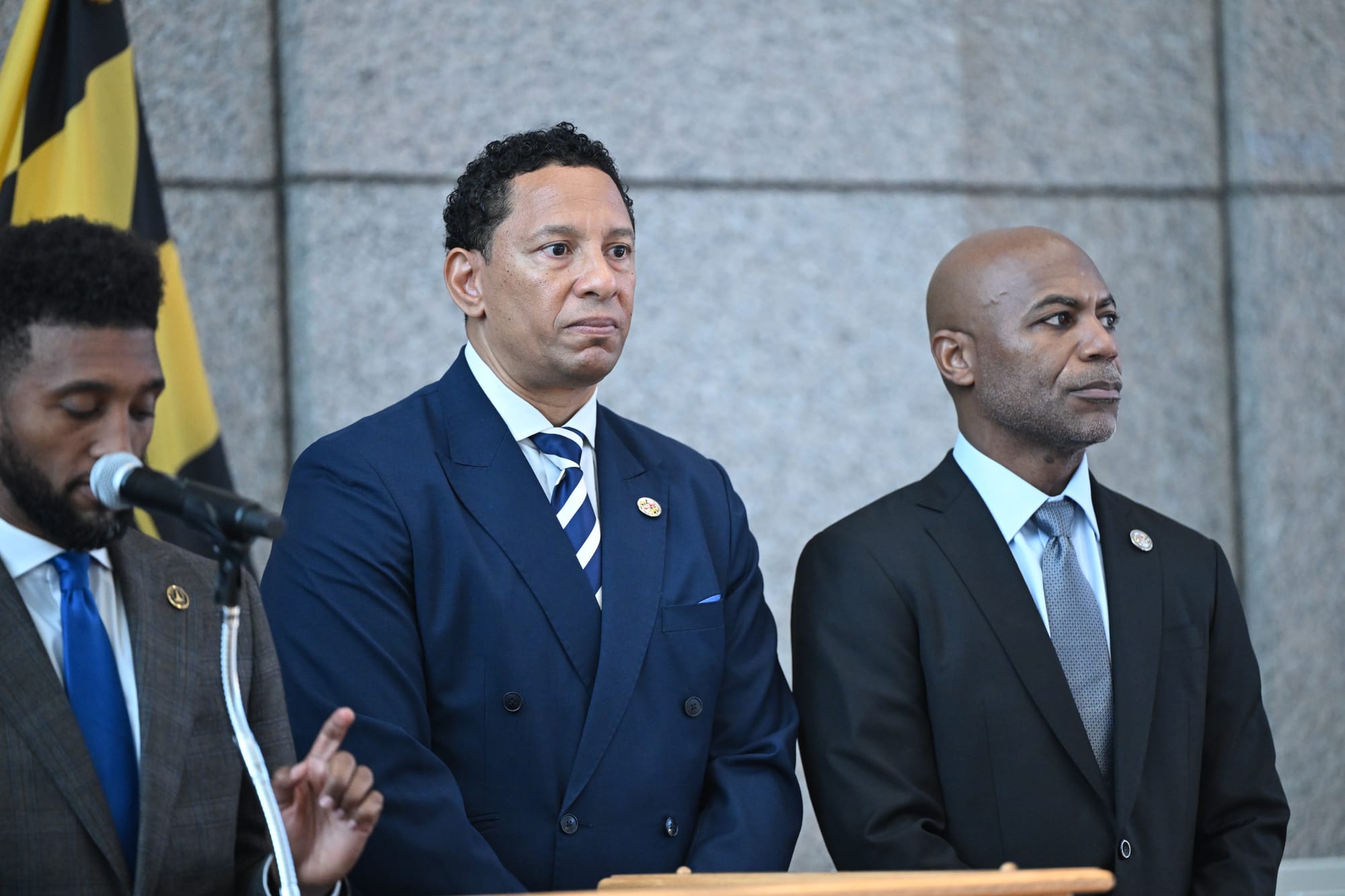
As the War on Drugs carries on in tandem with Baltimore's overdose crisis, the city's perennial dilemma of whether to throw more money at the cops or fund life-saving harm reduction initiatives returned to the spotlight this week.
At a Tuesday evening budget hearing, the Baltimore Police Department pleaded for additional money to cover the overtime costs accrued by officers enforcing prohibition, with the top brass touting an increase in drug arrests this year. Health department officials then picked up the mic on Wednesday morning, warning that their budget could be upended on the heels of a historic decline in overdose deaths.
Public "safety" and public health had once again come to a head.
“We're starting to dismantle some of our open-air drug trafficking organizations,” Police Commissioner Richard Worley said on Tuesday. “... Our mission remains clear: Less violence, less crime, better service, enhanced partnerships, and building trust equals a safer city. “
The city has seen an 11% increase in felony drug arrests and a 28% increase in misdemeanor arrests since last year, Worley added.
Those numbers were used to convince council members that a $22 million increase to its budget, marking a whopping $614 million, is justified. Still, officials noted the need for even more enforcement in high-traffic drug areas.
"An officer may sit there for a day or two. But as soon as that car is gone, it's right back to business," Councilman Jermaine Jones said.
The push for increased enforcement has echoed throughout City Hall even though studies have repeatedly shown that it can backfire. Rather than make communities safer, research has found that it instead disrupts the drug supply, increasing the likelihood of fatal overdoses as drug users seek out riskier sources.
Still, Worley agreed the department must crack down harder, echoing the flawed argument that drug busts curb violent crime. He then seemed to lament the fact that the department could no longer "clear corners."
Deputy Police Commissioner Kevin Jones later acknowledged the reality that drug busts are ineffective, as those who sell drugs are replaced as quickly as they're taken off in cuffs. He added that dealing with "open-air drug markets" requires "not only enforcement, but harm reduction and public health intervention."
Yet he provided no details on how a harm reduction approach has been implemented.
At the health department's budget hearing the next day, where officials discussed harm reduction initiatives that are antithetical to drug-war policing, council members demonstrated the city's desire to have it both ways.
"You are much needed, now more than ever," Councilman Paris Gray said.
If that's how city officials feel, however, that isn't evident in the budget.
As Mayor Brandon Scott proposes millions of dollars in additional funding to the police department, he has suggested cutting funding to the department that oversees government-led harm reduction efforts in response to the overdose crisis.
The budget includes a 3.5% cut to the health department's budget, or a more than $7 million decrease. (Mobtown Redux previously reported the health department was facing an 11% cut; that was based on preliminary budget numbers that have since changed).
Nearly half of the department's budget comes from federal funding, and that's without accounting for the barrage of funding cuts to public health initiatives proposed by President Donald Trump and his allies. Republicans have also launched a full-on assault on Medicaid, a crucial lifeline for more than 30,000 Baltimoreans with substance use disorder.
"We may need to come back and revisit the budget," said Mary Beth Haller, interim commissioner of the health department. "We're going to have to prioritize, and tough decisions are likely going to have to be made."
Against the grim backdrop, the budget does offer some hope. For one, it would allocate $9.8 million to substance use disorder and mental health services, representing an 87% increase over the previous year.
The second and most notable saving grace for the upcoming fiscal year is the windfall of funds from opioid litigation.
The city is slated to receive nearly $670 million in restitution funds, most of which is expected to be deposited into its coffers by the end of the year. It's a substantial sum of money that could vastly expand the city's harm reduction infrastructure if used correctly.
The department already plans to utilize some of the funds to hire 25 new employees and augment prevention efforts. Health officials have announced a plan to create a new division of "public behavioral health," which will encompass its harm reduction and recovery initiatives.
In a less productive use of the funds, the mayor has also proposed using more than $3 million to replace existing general fund dollars for initiatives such as the department's syringe service program in a controversial practice known as supplantation.
That money may seem like an endless pile of cash, but it's nothing to play with. In reality, it's not much more than the police department's annual budget — and the opioid dollars are to be spread out over 15 years.
Those funds are a once-in-a-lifetime opportunity for the city. Therefore, a failure to use the windfall of dollars to make a concerted effort to do away with drug-war policing and focus on harm reduction is exceptionally problematic.
Aside from the potentially fatal consequences of ramping up enforcement and adding to the harms already caused by prohibition, Council President Zeke Cohen made a crucial point about the state of policing as a whole in Baltimore.
"The relationship [between the police and the public] has been pretty badly damaged," Cohen said during the BPD budget hearing. "We have a whole consent decree to tell us why."
Not only has the drug war been proven to cause significantly more harm than good, but Baltimore residents — especially those who use drugs — have been given no reason to believe that the police are acting in their best interest.
As the death of Freddie Gray and subsequent reports proved, the department has employed racist tactics that have devastated Black communities, which also happen to be the same neighborhoods that have been hit hardest by the overdose crisis.
The continued emphasis on investing in the police force, especially when the health department is forced to operate on a shoestring budget, is indicative of either a brazen disregard for the safety of drug users or a downright foolish confidence in the BPD's ability to defend our most vulnerable.
Council members are slated to vote on the budget by June 26.
Their decision will come as harm reductionists continue to demand evidence-based drug policy reform, as they have for years. It will also take place as a lethal overdose crisis kills an astronomical number of Baltimoreans, as it has for years.
Finally, they'll cast their votes as cops operate on a budget funded by blank checks — as they have for years.
That has become the norm in Baltimore. And this budget, despite piecemeal improvements, indicates the suits and ties who call the shots are content with maintaining just that.

Miss last week's newsletter? You'll want to check it out:
Sitting alongside city officials and public health workers earlier this week, U.S. Sen. Angela Alsobrooks swore to protect Medicaid as proposed funding cuts threaten to hamper Baltimore's response to the overdose crisis.
Yet the moderate Democrat's visit for a panel discussion at the Johns Hopkins University School of Nursing also came as her party struggles to fend off a much more extensive assault on public health by far-right conservatives. With a legislative trifecta, Republicans have weaponized fears about fentanyl to advance a fascist agenda — one that would fan the flames of the War on Drugs by demonizing immigrants, those who use or sell drugs and other vulnerable populations. In response, Baltimore harm reductionists have doubled down on their demand for progressive drug policies to curb overdose deaths.
Alsobrooks has instead taken a centrist lane, attempting to strike a balance between evidence-based public health policies and the desire to maintain a well-funded law enforcement response that oftentimes exacerbates the crisis.
Click here to read the full newsletter.
Mobtown Redux's Overdose Data Dashboard is frequently updated with the latest local, state and national data:
Baltimore's overdose death toll in 2024 has increased to 775 — this is preliminary data that's subject to change as causes of death are determined. That marks a nearly 26% decrease from the year prior.
In the 12-month period ending in April, Baltimore saw 651 deaths, a death rate of 111.1 per 100,000 people. Statewide, there were 1,504 deaths, a death rate of 24.3 per 100,000 people.
Neighborhoods in West Baltimore saw the most deaths, an unfortunate pattern in this data.
Check out Mobtown Redux's Overdose Data Dashboard here.
Click here to learn more about harm reduction resources in the Baltimore area.
"Trump pardons drug kingpins even as he escalates U.S. drug war rhetoric," NPR reports:
President Trump has long called for escalating the U.S. drug war against Mexican cartels and wants tougher penalties for dealers selling fentanyl and other street drugs in American communities. "I am ready for it, the death penalty, if you deal drugs," Trump said during a meeting with state governors in February, where he said dealers are too often treated with a "slap on the wrist."
But despite his tough rhetoric, Trump has sparked controversy by pardoning a growing number of convicted drug dealers, including this week's move to grant clemency to Larry Hoover, 74, who was serving multiple life sentences in federal prison for crimes linked to his role leading the Chicago-based Gangster Disciples.
Already during the early months of his second term, Trump has granted clemency to at least eight individuals convicted on federal drug charges. Some, including Hoover, have extensive criminal records involving violence and gun charges.
Click here to read the full article.









Comments